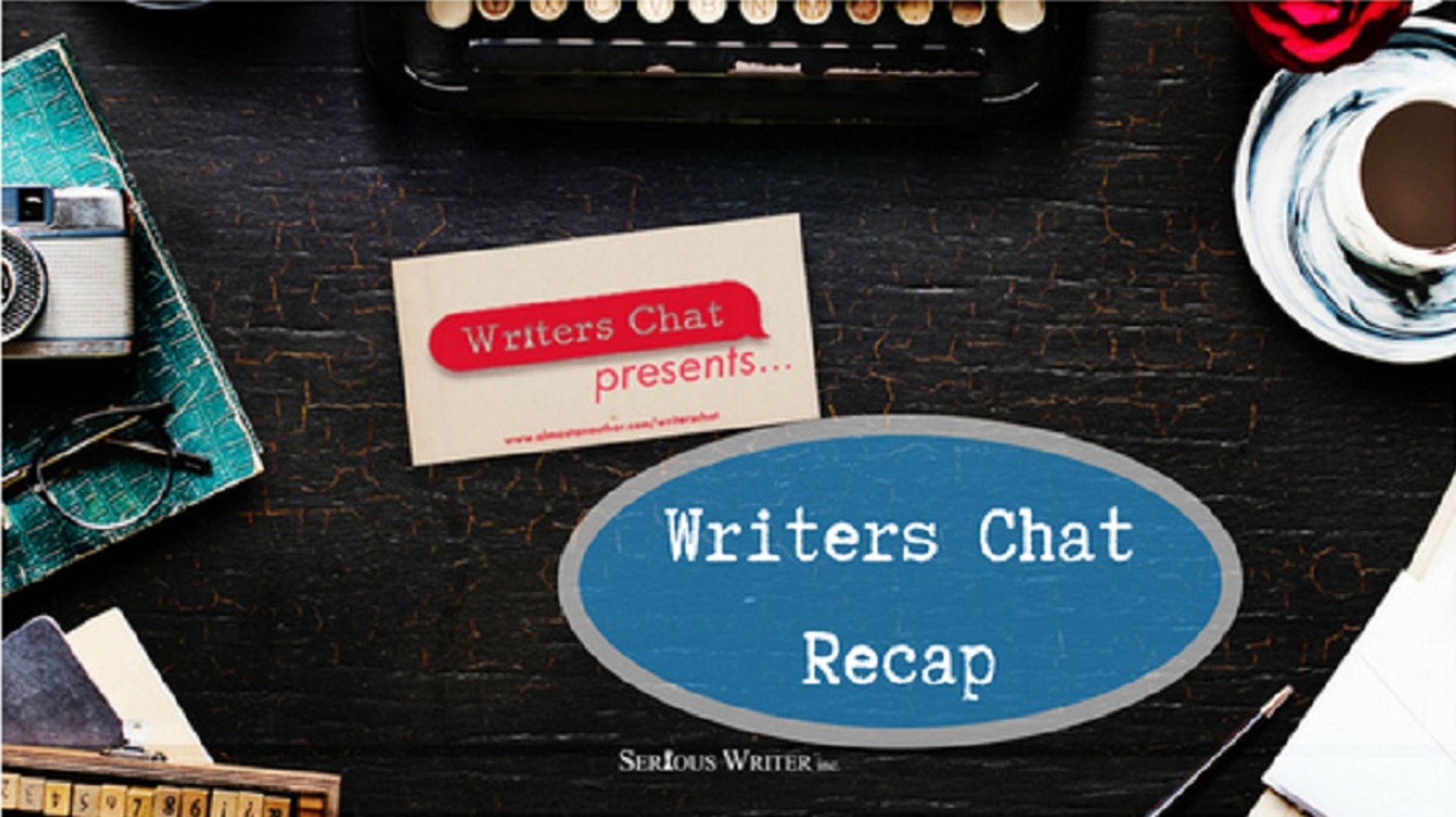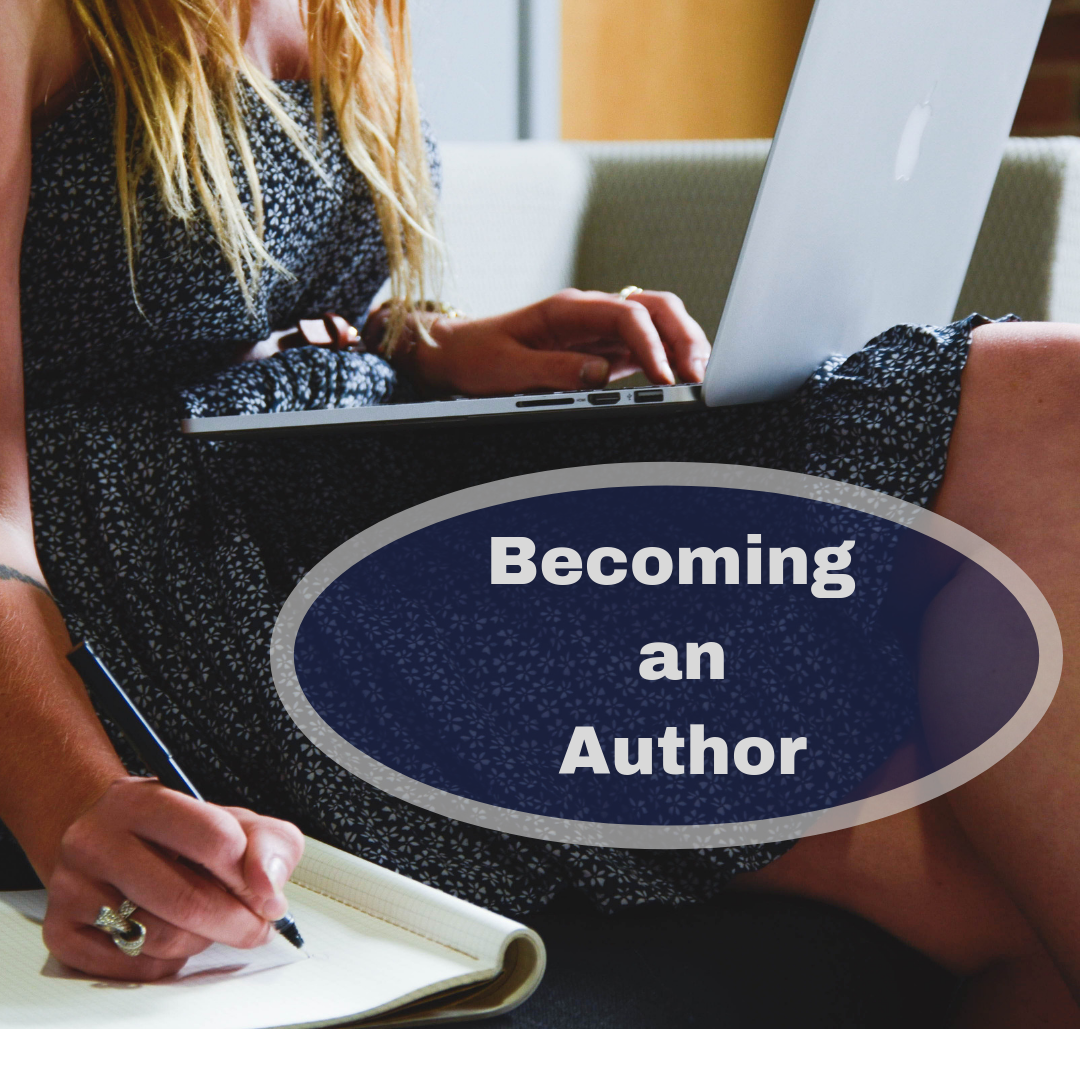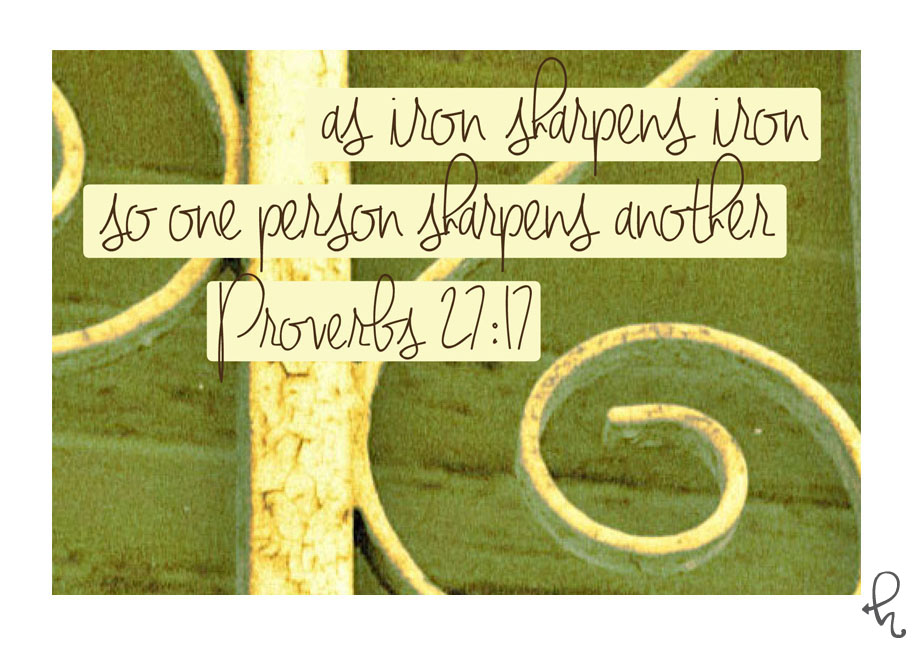
Writers Chat Recap for October Part 2
Writers Chat, hosted by Johnnie Alexander, Brandy Brow, and Melissa Stroh, is the show where we talk about all…
October 31, 2023
Writers Chat, hosted by Johnnie Alexander, Brandy Brow, and Melissa Stroh, is the show where we talk about all…
October 31, 2023
“I can be changed by what happens to me. But I refuse to be reduced by it.” Maya Angelou…
May 13, 2021
Poetry is such a beautiful form of literature. It allows you to say so much without having to write…
January 26, 2021
Writers Chat, hosted by Jean Wise, Johnnie Alexander, and Bethany Jett, is the show where we talk about all…
September 15, 2020
Long before the pandemic began, I used to drop into the occasional adult beginner ballet class. There, I’d stretch…
September 13, 2020
So far in this series, I’ve shared with you techniques I’ve learned as an actress that has strengthened my…
August 10, 2020
Writers Chat, hosted by Jean Wise, Johnnie Alexander, and Bethany Jett, is the show where we talk about all…
June 15, 2020
In January, I had the privilege of speaking about being a writer at a large private school near…
April 21, 2020
Writers already understand the importance of creativity: after all, writing is an art form, and art forms rely heavily…
August 2, 2019
I slogged through composing an article, retyping the same sentence six or seven times. The sentence was too short,…
July 21, 2015